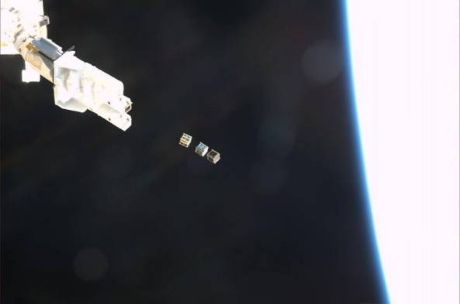The
2013 National Hamfest is taking place this weekend, it
is held over two days at the nearby
Newark Showground. I will be visiting tomorrow
(Saturday) as work commitments prevent me attending today, so no doubt all the
best second hand bargains will be gone!
Seriously I am looking forward to it now that I am a
proper licenced radio amateur. The Hamfest has been held at this venue for several years and
always gives me the opportunity to hear the VHF/UHF bands full of local chatter.
Normally the chatter consists of operators trying to give each other directions! The showground isn’t
very well sign posted from the local approaches.
In previous years they have a had a call-in station
operating on the usual channel (S22) 145.550MHz, but today it wasn’t in
evidence well not at 10:00am when I listened in, instead there were several
local operators chin-wagging with the occasional calls asking for the rally
call-in.
This year the Hamfest have enlisted the services of the
BritishAmateur Television Club to give live internet television feeds. Go to the
live eventspage and there are two streams and currently a third from GX3RCM available.
One thing I hinted at
previously was to experiment with
APRS and I
really wanted to get an APRS IGate set up in time for the weekend as I was expecting a number
of the attendees at the Hamfest would be using it.
From the
Wikipedia page
"Automatic Packet Reporting System (APRS) is an
amateur-radio based system for real time tactical digital communications of
information of immediate value in the local area. In addition, all such data is
ingested into the APRS Internet System (APRS-IS) and distributed globally for
ubiquitous and immediate access. Along with messages, alerts, announcements and
bulletins, the most visible aspect of APRS is its map display. Anyone may place
any object or information on his or her map, and it is distributed to all maps
of all users in the local RF network or monitoring the area via the Internet.
Any station, radio or object that has an attached GPS is automatically tracked.
Other prominent map features are weather stations, alerts and objects and other
map-related amateur radio volunteer activities including search and rescue and
signal direction finding."
There are two short video on youtube which describe the APRS
system and the role of IGates, an IGate is basically a receiver station that puts locally received messages into the APRS-IS system.
I have a Baofeng UV-3R handheld transceiver which I have
pressed into service. I don’t have a dedicated TNC so am using the compute sound card to
receive and send audio to the transceiver via the handset connector and am
using the
AGWPE as a software modem/TNC that is used by the
APRSISCE/32 client to
create the station.
It should have been straightforward as I already had an eQSO
interface which should have provided an isolated audio interface and control of
the PTT on the UV-3R, all I had to do was create a suitable connecting lead.
During the commissioning the station seemed more than capable of transmitting
messages but it wasn’t receiving anything, checking the audio coming in to the PC and I
was getting virtually nothing! The interface was dismantled and the signal scoped. Oddly
it seemed the UV-3R really didn’t like the isolating audio transformer and
this seemed to shorting the output from the transceiver, so now at present it is
just directly connected.
Sadly while using the scope to see the signal the ageing
scope decided to commit suicide in a loud bang and cloud of acrid smoke, oddly despite the pyrotechnics it
was still working till I turned if off and now it won’t turn on! I suspect a
capacitor in the switch mode supply has died in spectacular fashion.
Anyway I digress, having got the system working properly late last
night it is currently running and has indeed received a number of stations this
morning as made their way to the Hamfest.
The UV-3R probably isn’t the best
choice as a receiver as its audio is pretty dreadful but it seems to work, it
is connected to a generic X-50 antenna stuck on the top of a 4 meter pole. The pole is
in fact a
5 meter telescopic painting pole costing less than £16 from B&Q.
I haven’t fully extended the sections as the joints could be potentially weak,
but it is anchored to a metal fencing pole and then with three guy ropes it seems sturdy and has stood out all week, just lowered down slightly when not in use.
 |
| X-50 in the garden |
You can see a map of the current APRS stations at
http://aprs.fi my station statistics can be seen here
http://aprs.fi/info/a/M6GTG
This was a snapshot of the map earlier showing the cluster of stations at the showground
Quite a few operators are using their smartphones rather than radios to update their position. I have installed
APRSdroid on my phone (not free from Google Market, for free version go to developer website see Pete's 2E0SQL comment below, and you need to be a licenced amateur with a valid passcode) but it gives me a warm feeling to know my humble set up has allowed some people to show up at their destination using their 'proper' radios.
 |
| The shack - APRS setup on the left hand side |


















































